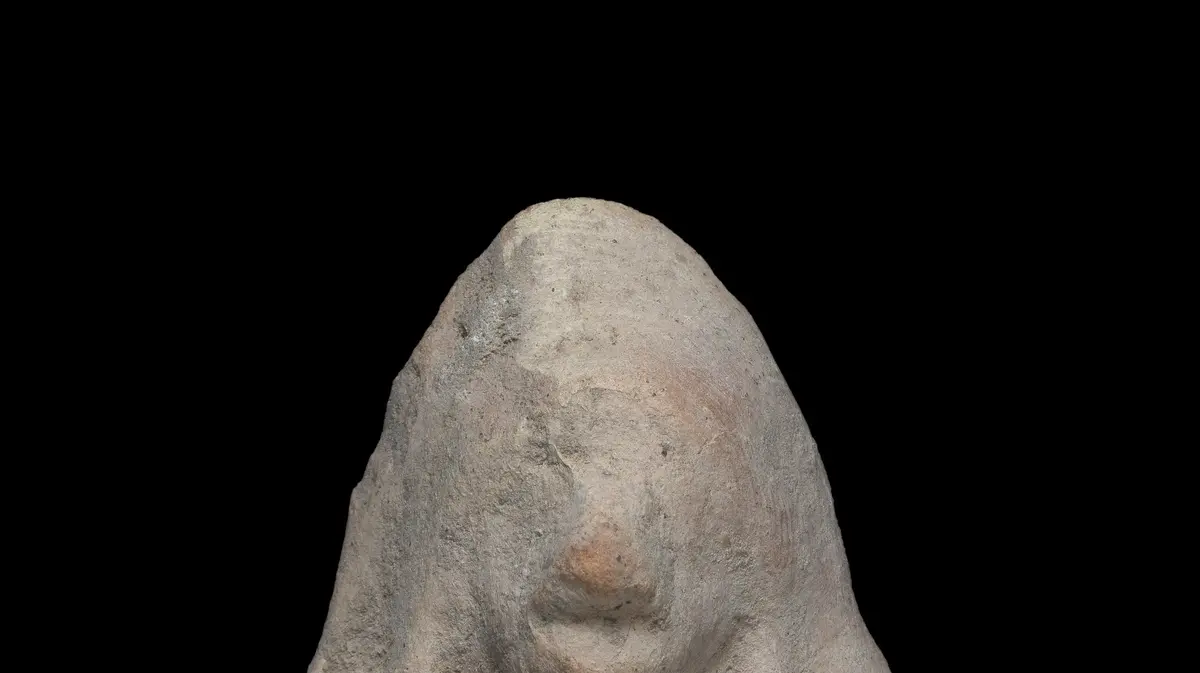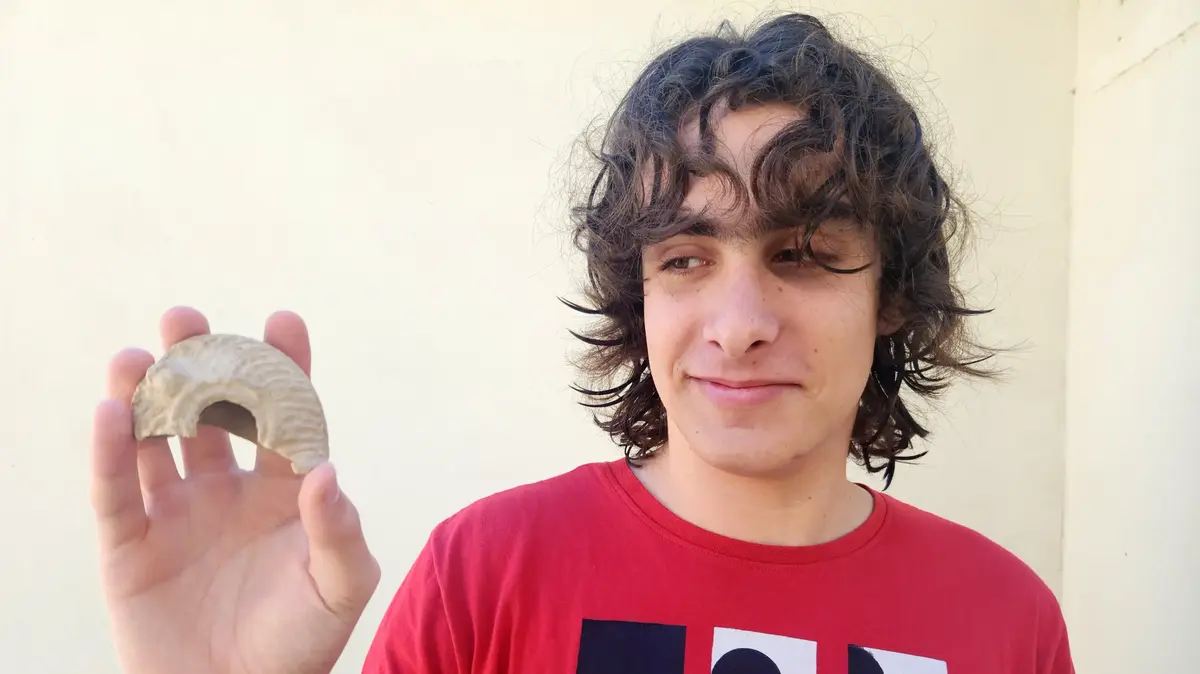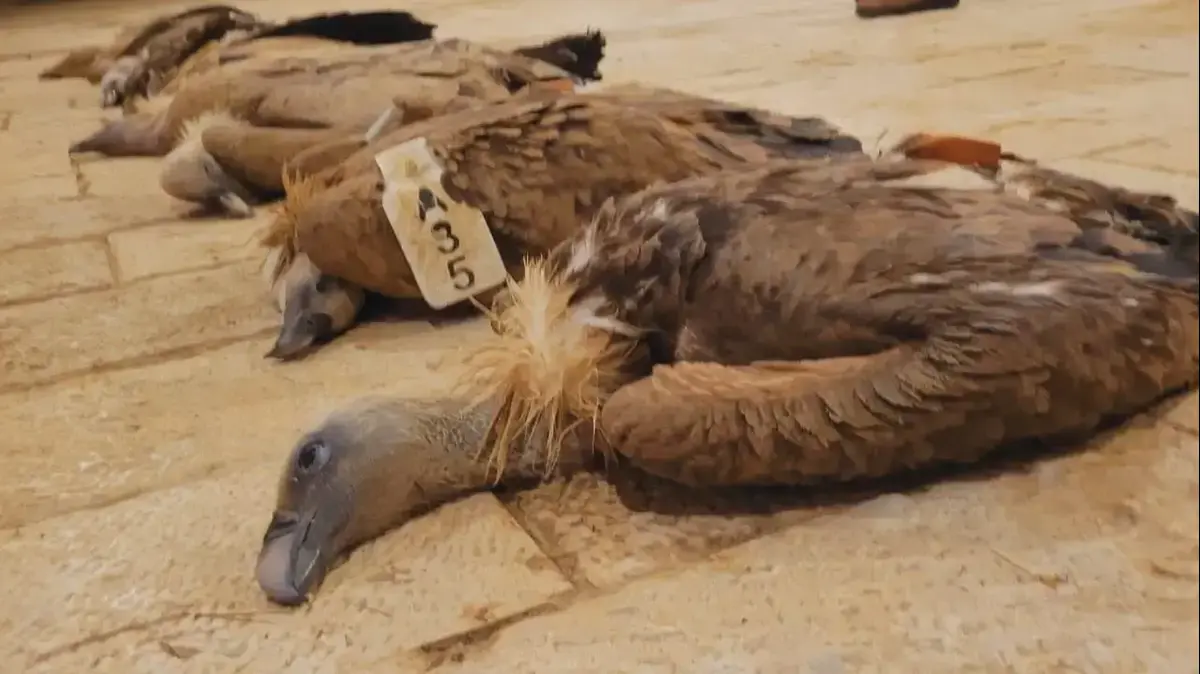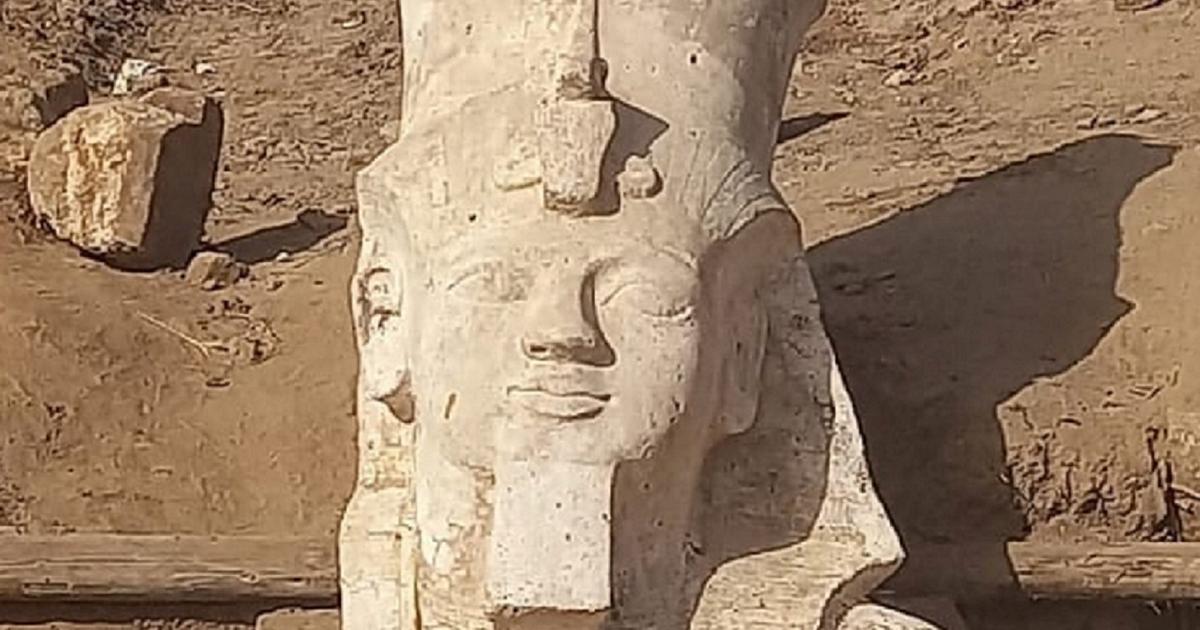Tourism
news
During a trip to the Negev: A boy found a statue from the biblical period of a topless woman
The figurine, which dates back to about 2,500 years ago and depicts a woman wearing a veil over her bare chest, appears to have been used as an amulet to guard children or increase fertility.
Only one figurine similar to the one that was uncovered is known in the state treasury, also from the northern Negev
Tags
Archeology
Ziv Reinstein
Tuesday, 09 March 2021, 08:58 Updated: 09:24
Share on Facebook
Share on WhatsApp
Share on general
Share on general
Share on Twitter
Share on Email
0 comments
"The woman's breast is exposed, and her hands are folded under the breast."
The figurine found in the Besor River (Photo: Israel Antiquities Authority, Yevgeny Ostrovsky)
A few weeks ago, 11-year-old Zvi Ben-David from Be'er Sheva was walking with his family in the area of Nahal HaBesor, when he suddenly caught sight of an unusual object.
When he picked it up, he noticed a figurine (figurine) made of pottery, in the shape of a woman.
His mother, Miriam Ben-David, a mentor by profession, understood that the finds were ancient and important, and contacted Oren Shmueli, an archaeologist from the Western Negev sub-district at the Israel Antiquities Authority.
In view of these days, of the corona plague, Oren met with Zvi and his family in the yard of their house, and they handed over the figurine for the benefit of research and a shift in the state treasures.
Zvi received a certificate of appreciation from the Israel Antiquities Authority for discovering an act of good citizenship.
More on Walla!
A boy found a pebble in the Upper Galilee, which turned out to be an ancient and rare figurine
To the full article
More on Walla!
He went out to look for mushrooms and discovered an ancient marble inscription from 1500 years ago
She went on a trip to Beit She'an and found impressive sculptures that are about 1700 years old
A boy found a pebble in the Upper Galilee, which turned out to be an ancient and rare figurine
Suffering from flatulence?
Free demo for an innovative Israeli development that will prevent pain
The figurine appears to have been used in the 5th-6th centuries BC (Photo: Israel Antiquities Authority, Yevgeny Ostrovsky)
"The figurines were used as amulets for protection, luck and abundance"
According to Oren Shmueli and Debbie Ben-Ami, curator of the Iron Age and the Persian period at the Israel Antiquities Authority, Persian (end of the days of the First Temple or the period of the Return to Zion).
The figurine, 7 cm long and 6 cm wide, was prepared in a mold.
It is a figure of a woman, clad in a veil, covering her neck and head, her schematic features and her nose prominent.
Woman bare chest, and her hands folded under her chest. "
According to Ben-Ami Shmueli," clay figurines in the form of topless women recognized that in different periods, even during the First Temple.
They were common in homes and throughout the living space, similar to today's hamsa, and were probably used as amulets for protection, luck and abundance.
It should be remembered that in ancient times, the science of medicine was not developed: mortality among infants and children was very high - about a third of the babies born did not survive.
There was not always an awareness of hygiene, and of course there were no fertility treatments.
In the absence of advanced medicine, the importance of charms as a source of hope and turn for help was key. "
The figurine was transferred to the State Treasury and is being investigated today by Oren Shmueli and Deborah Ben-Ami, the Israel Antiquities Authority, in cooperation with Raz Kalter University of Helsinki in Finland.
According to the researchers," an act of citizenship "The goodness of the child, Zvi Ben-David, will allow us to better understand the rituals that were practiced in biblical times, and the human need inherent in man in the material representation of human figures."
Zvi Ben David and the certificate of appreciation he received for his good deed (Photo: Israel Antiquities Authority, Oren Shmueli)
Share on Facebook
Share on WhatsApp
Share on general
Share on general
Share on Twitter
Share on Email
0 comments















